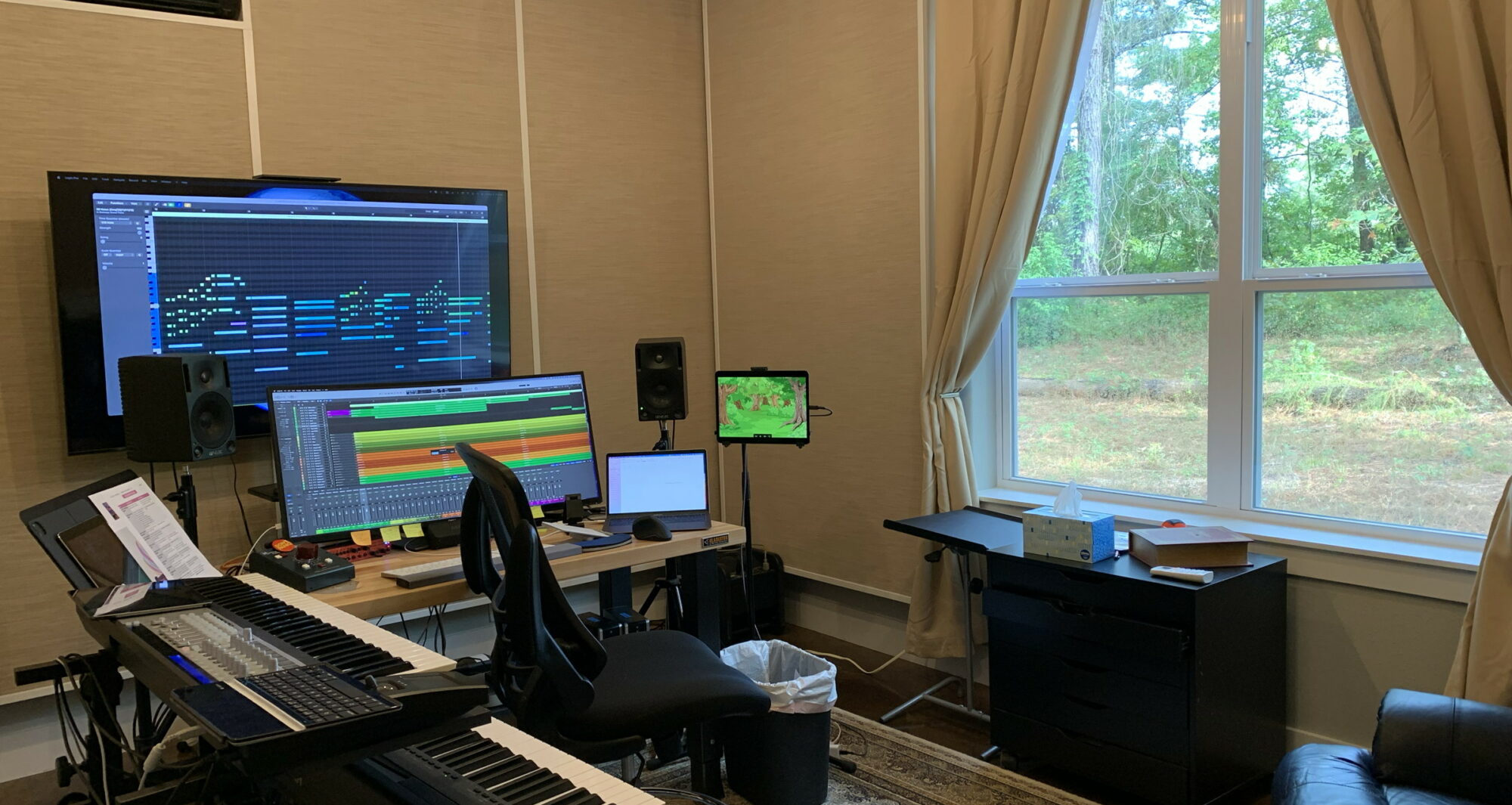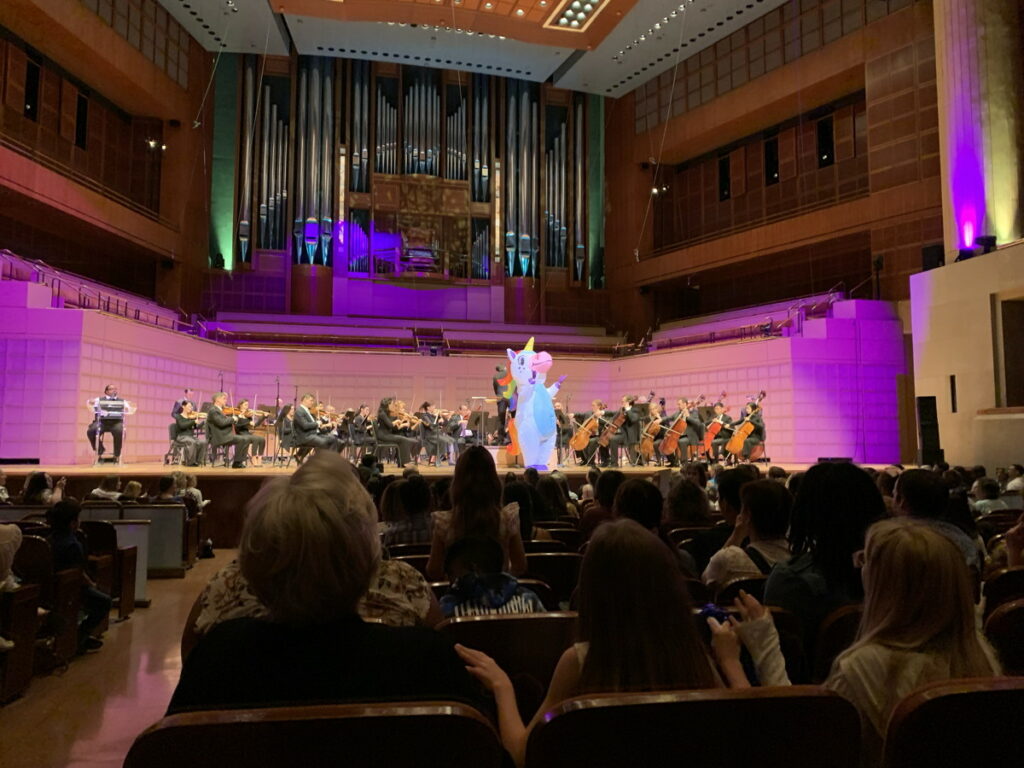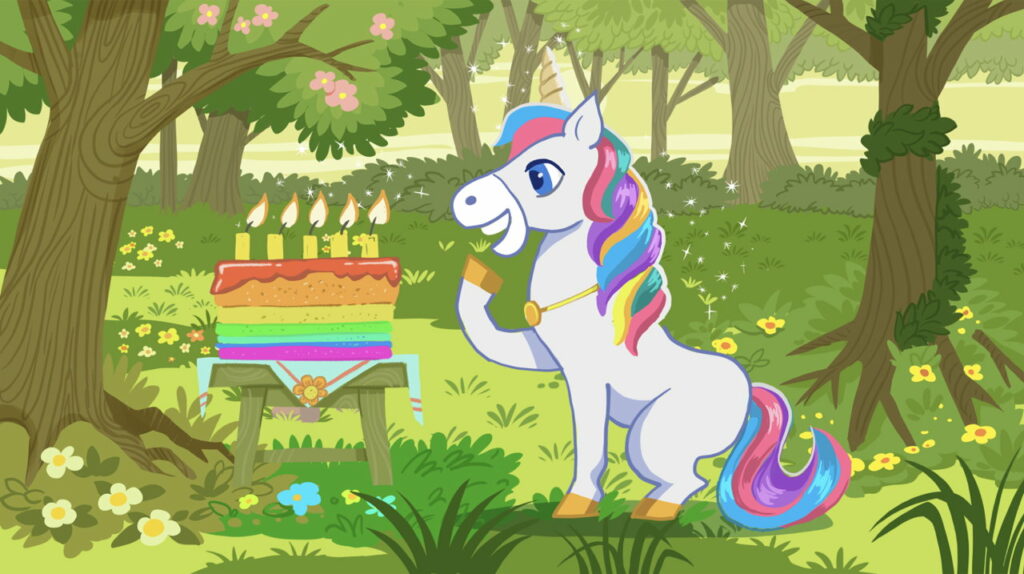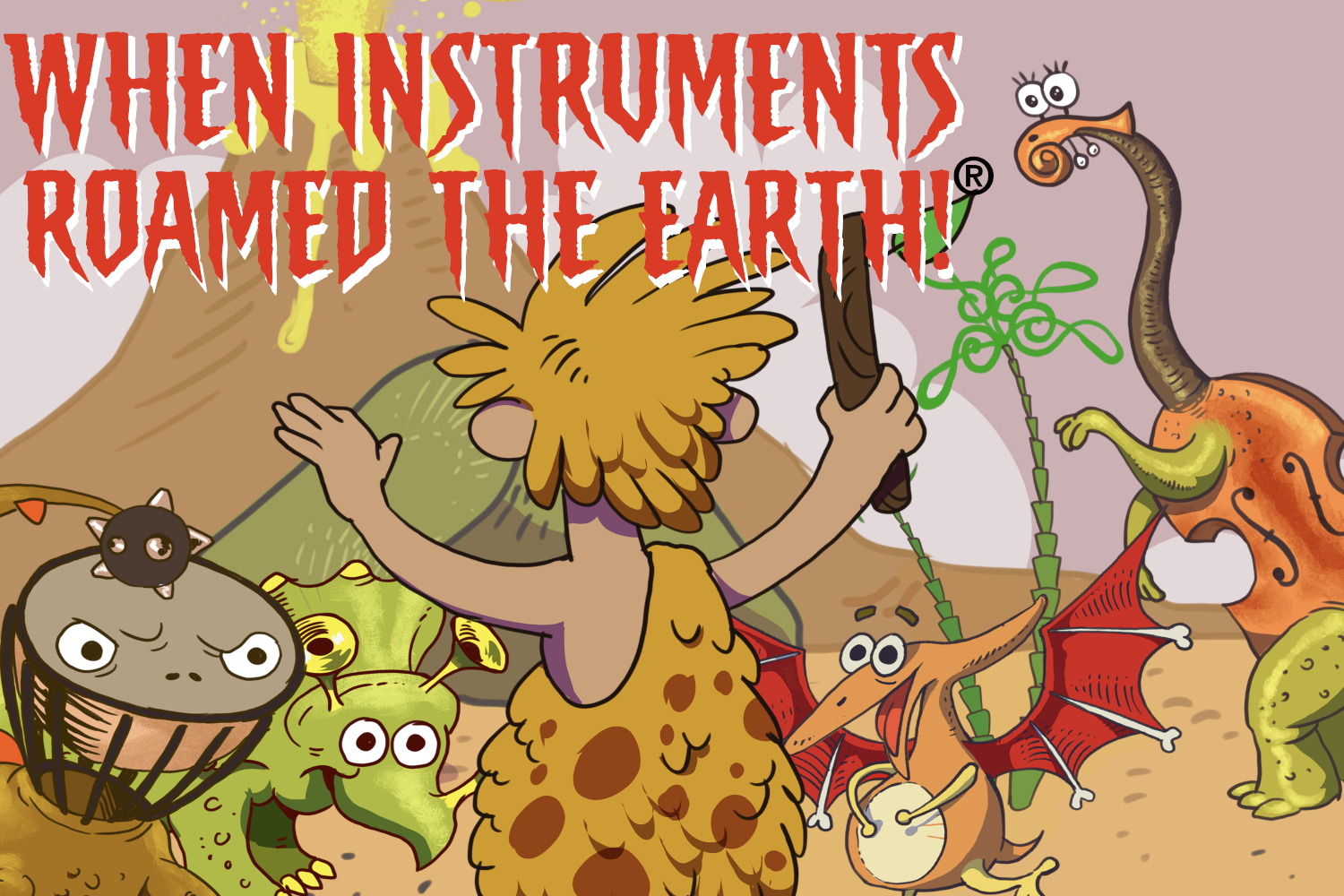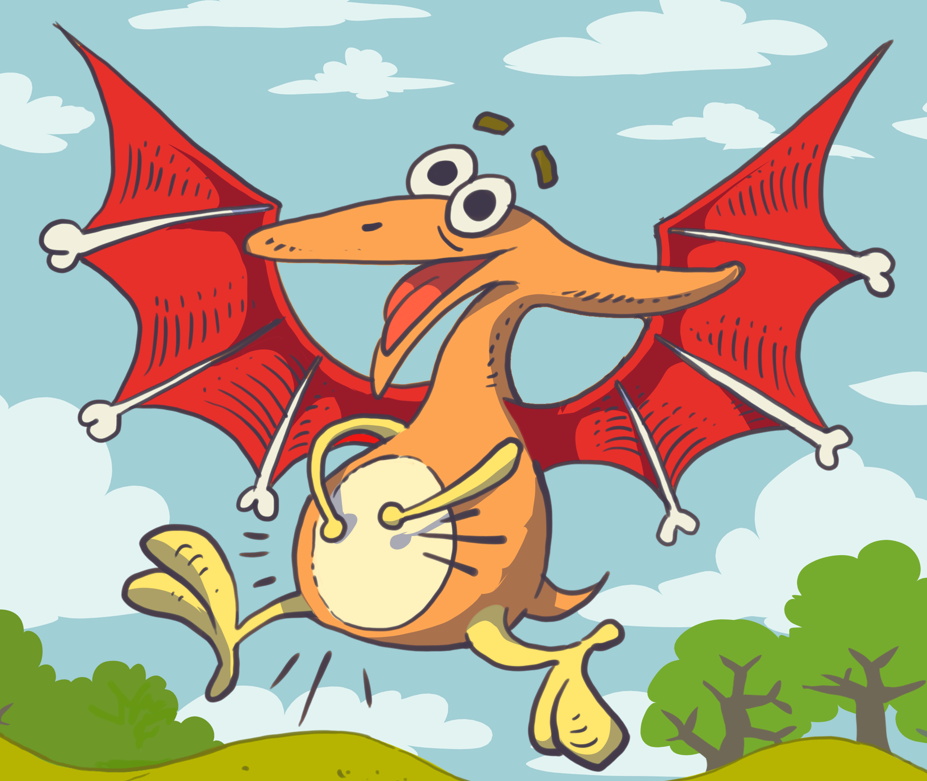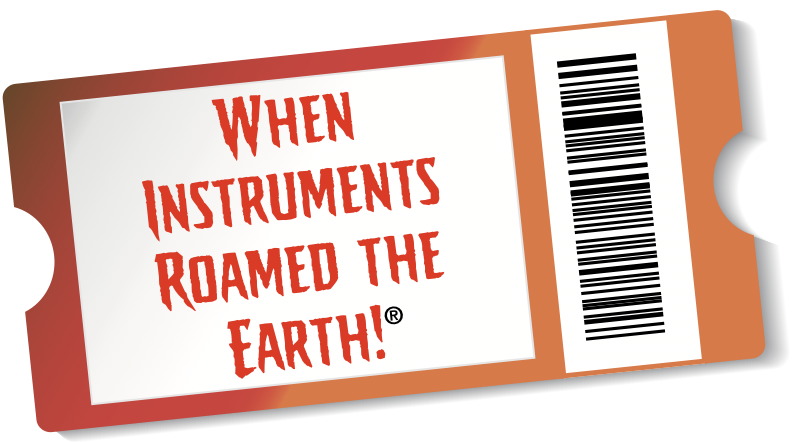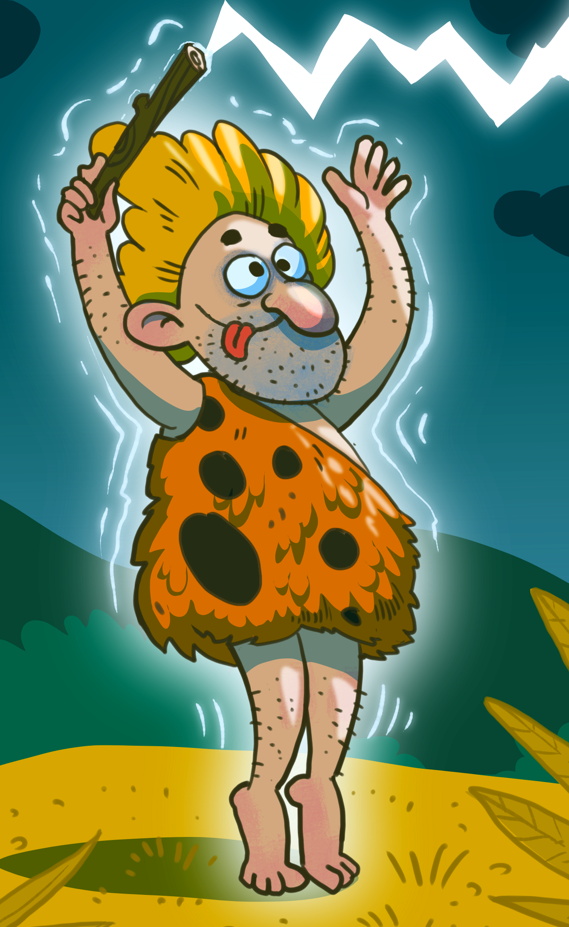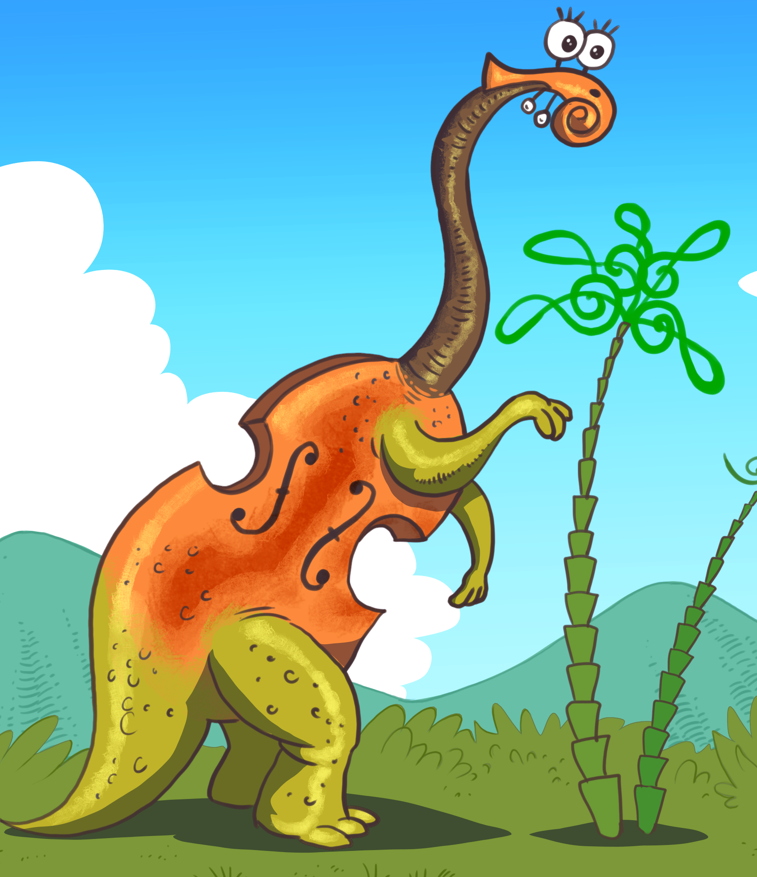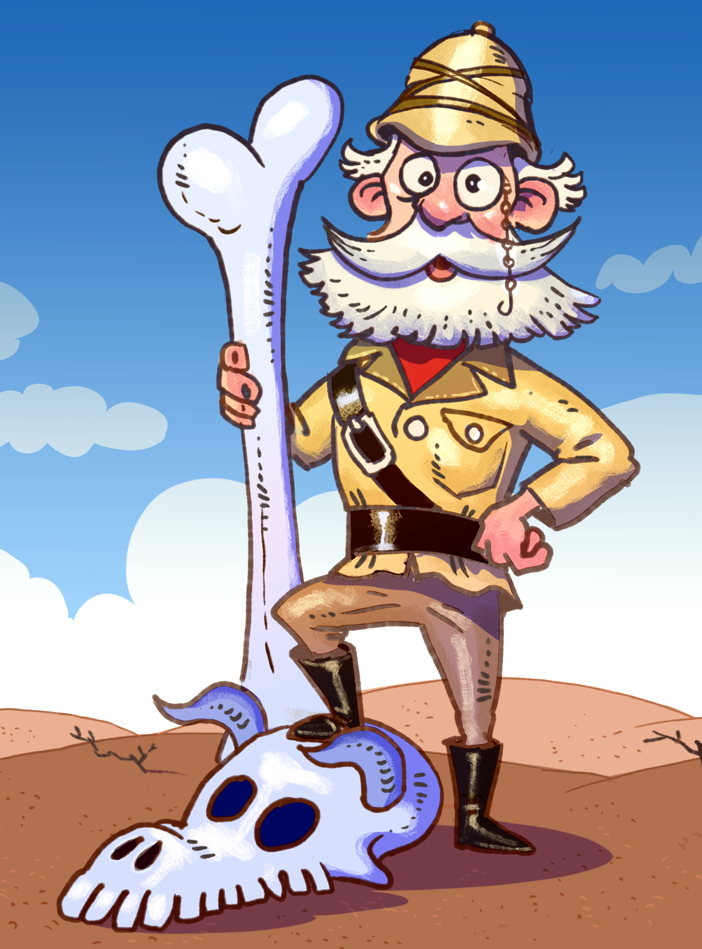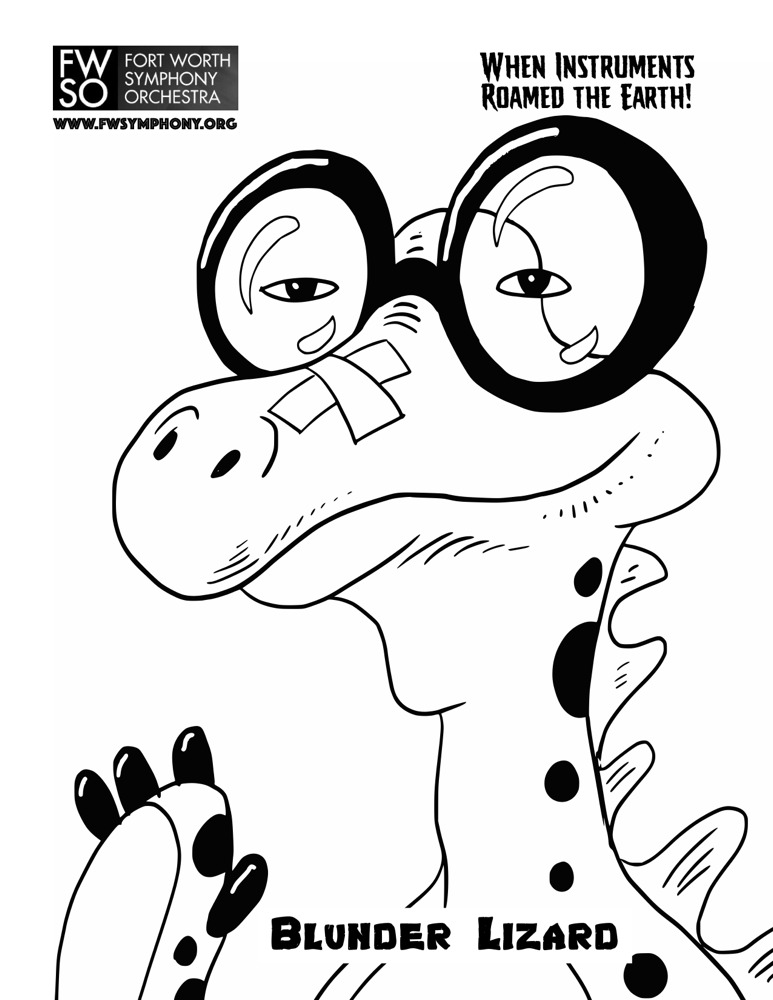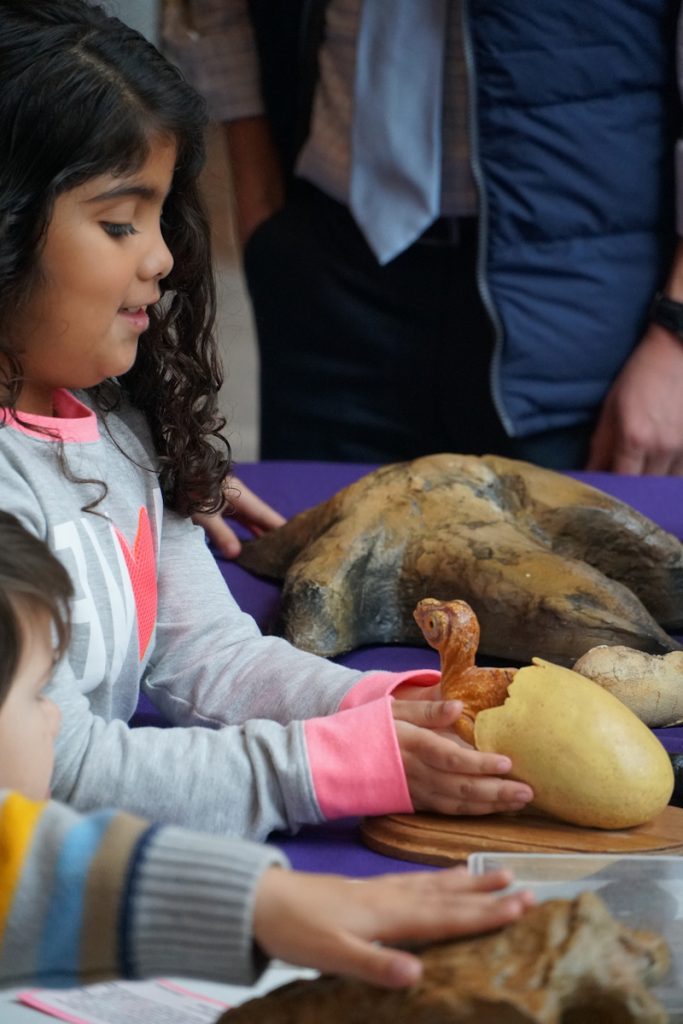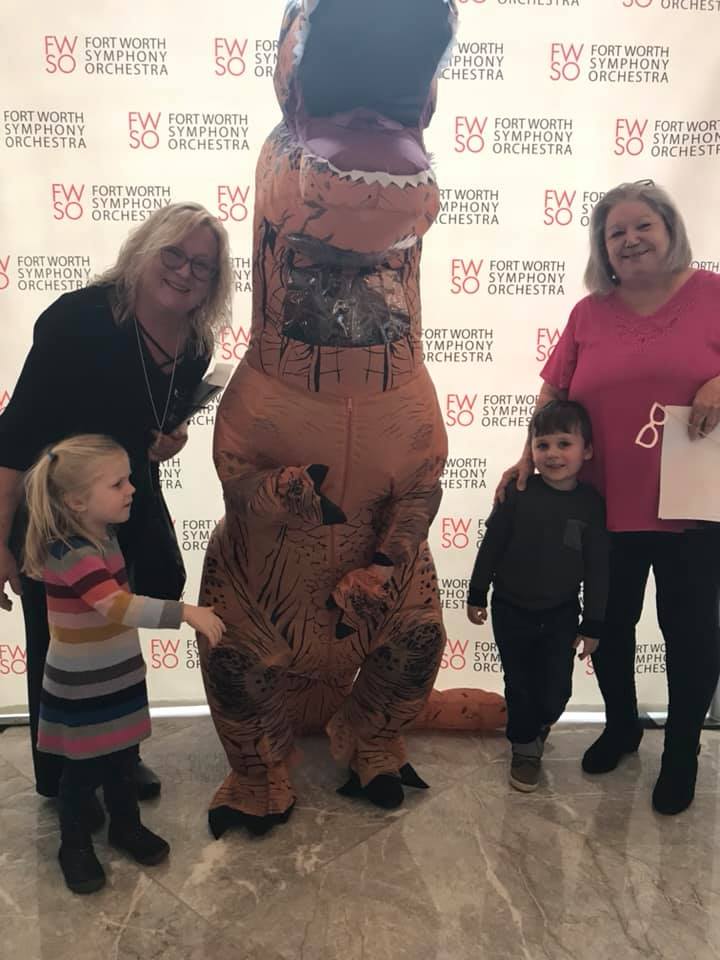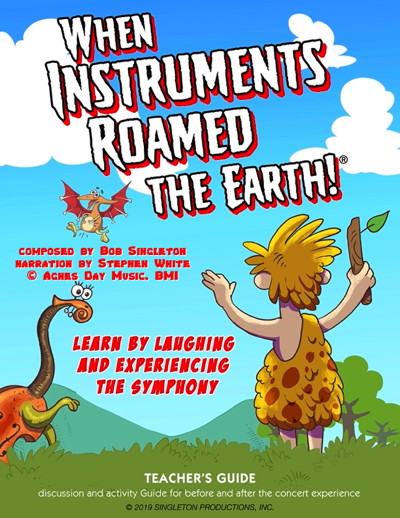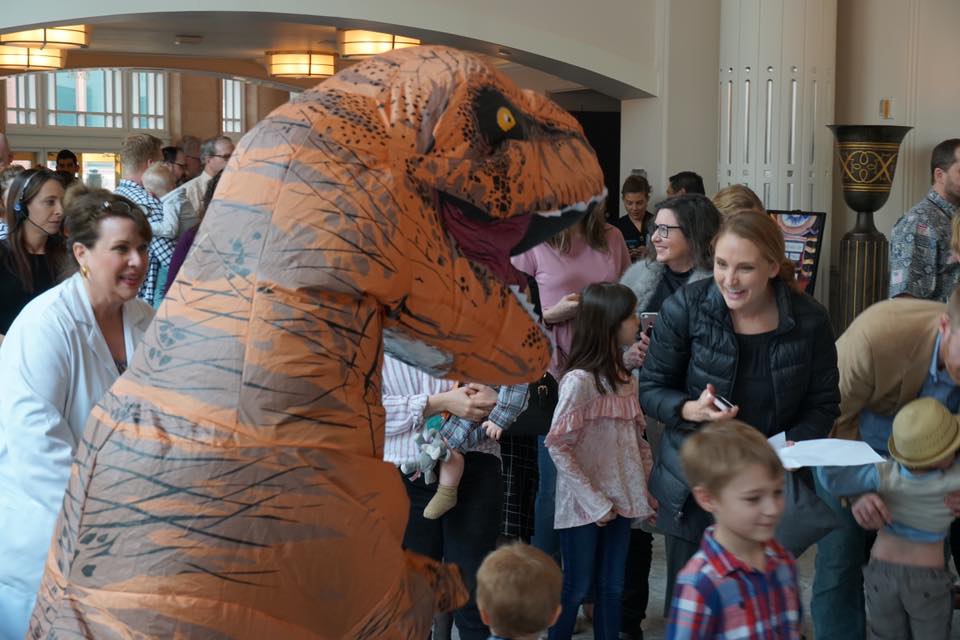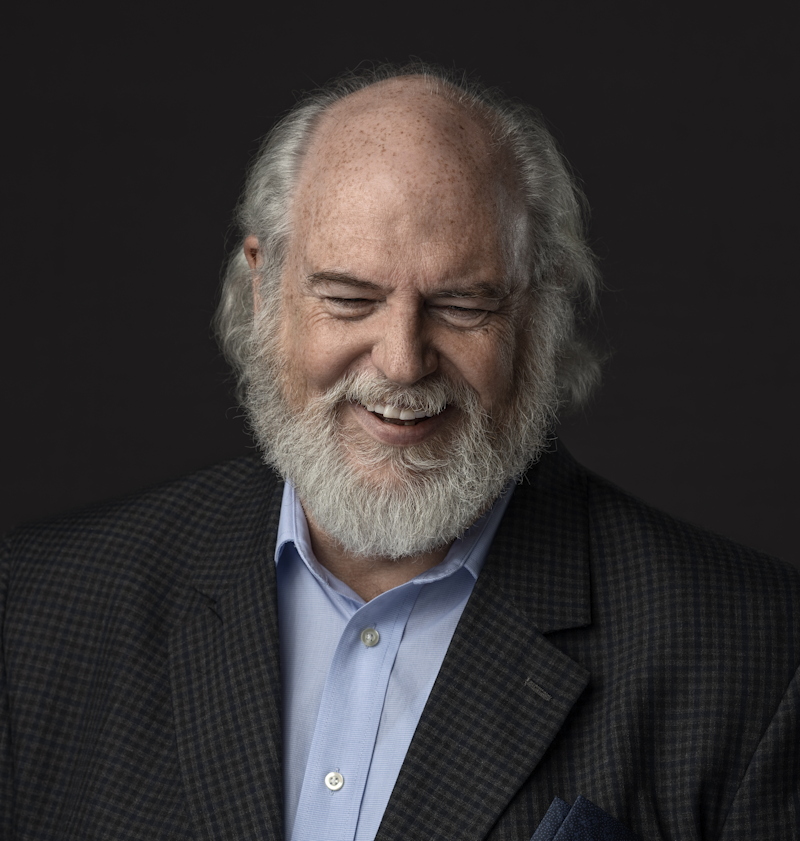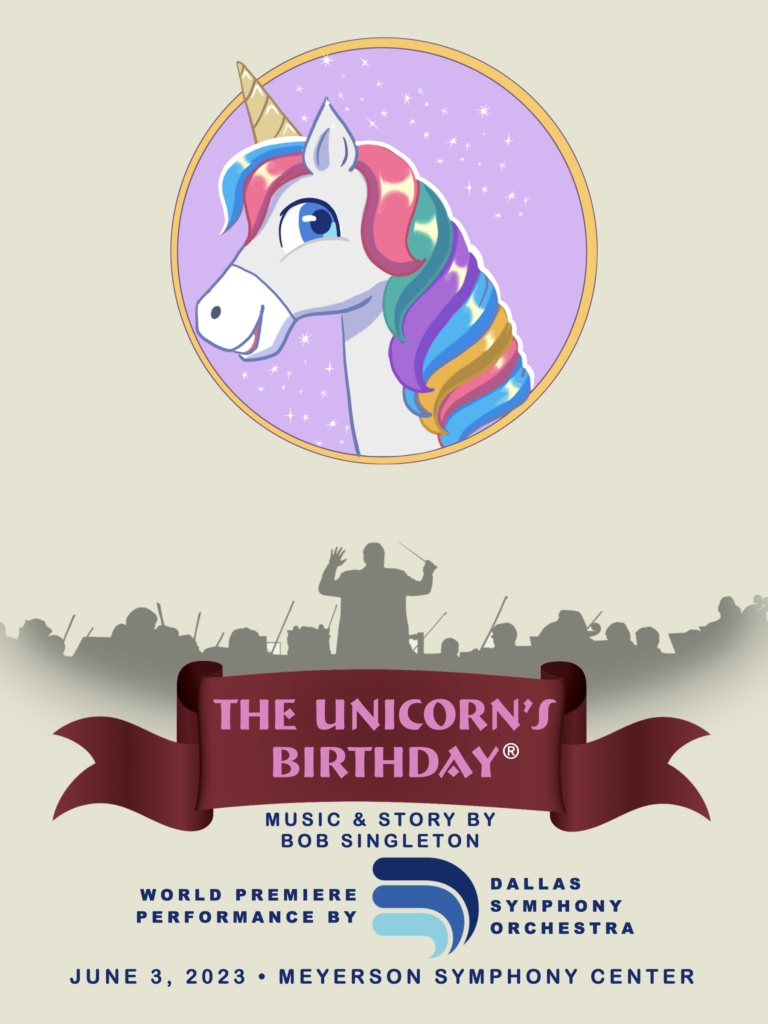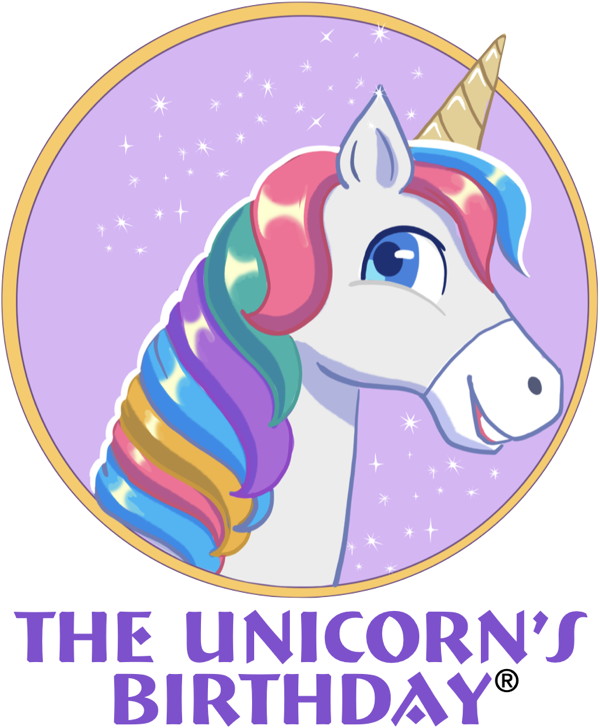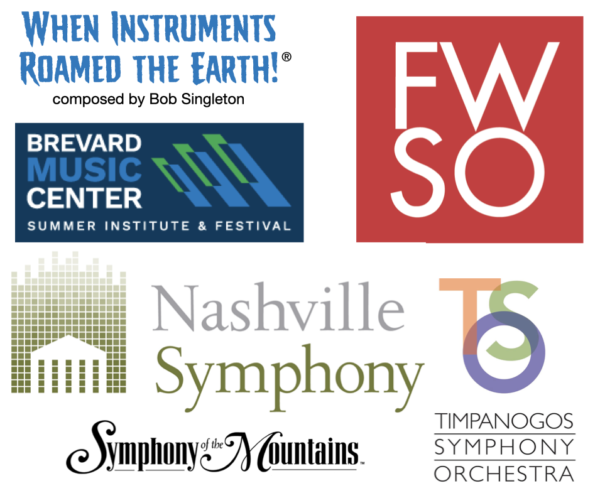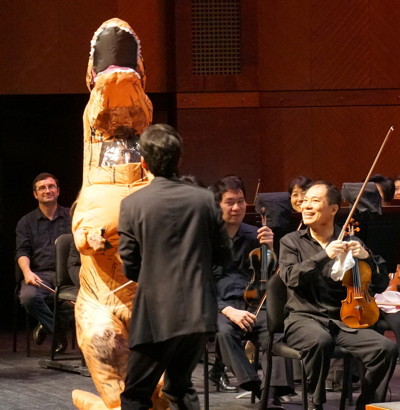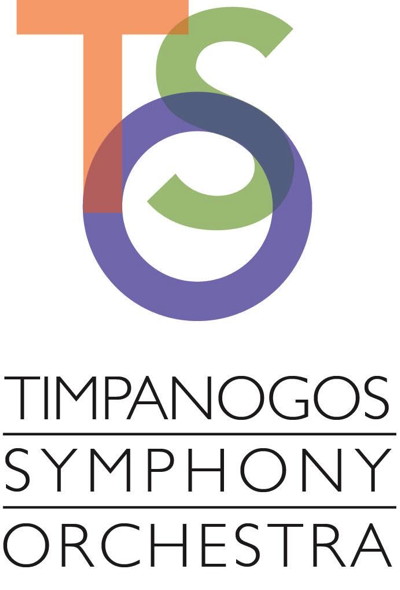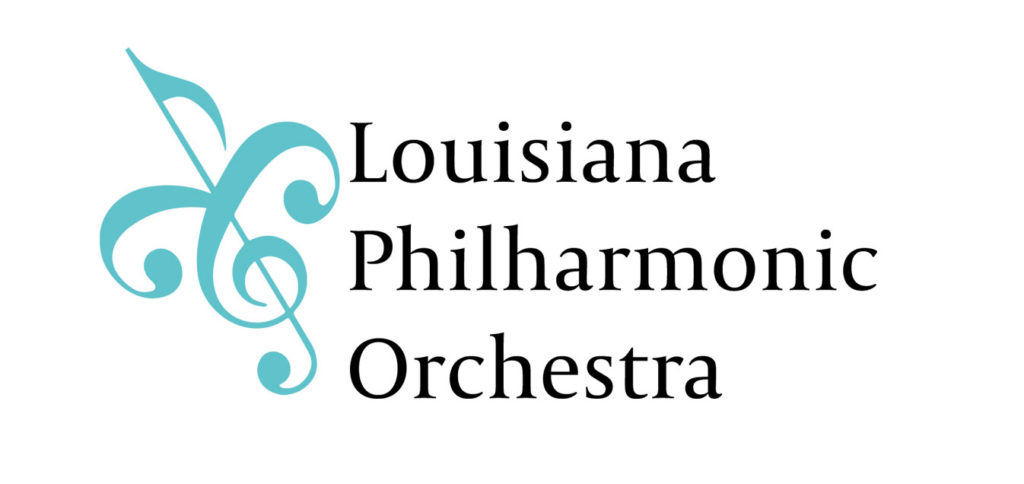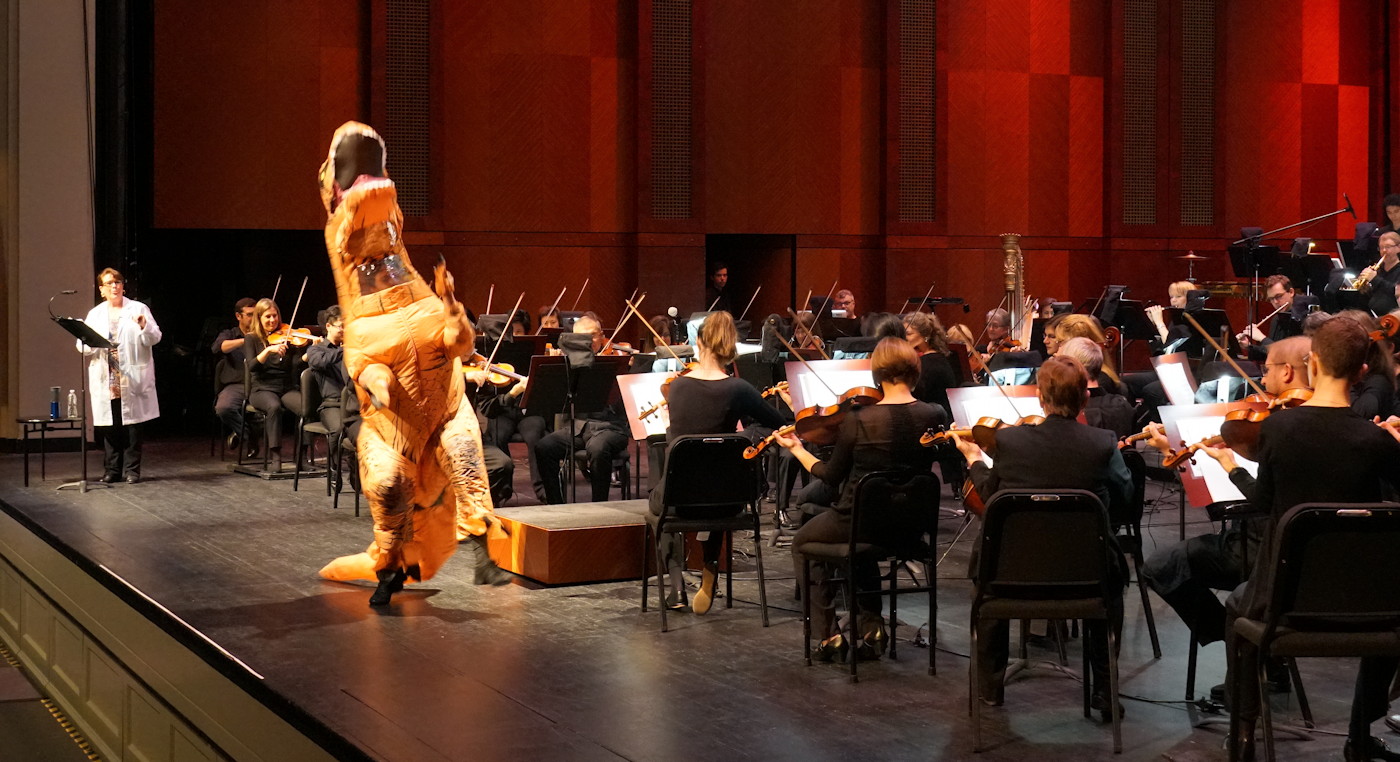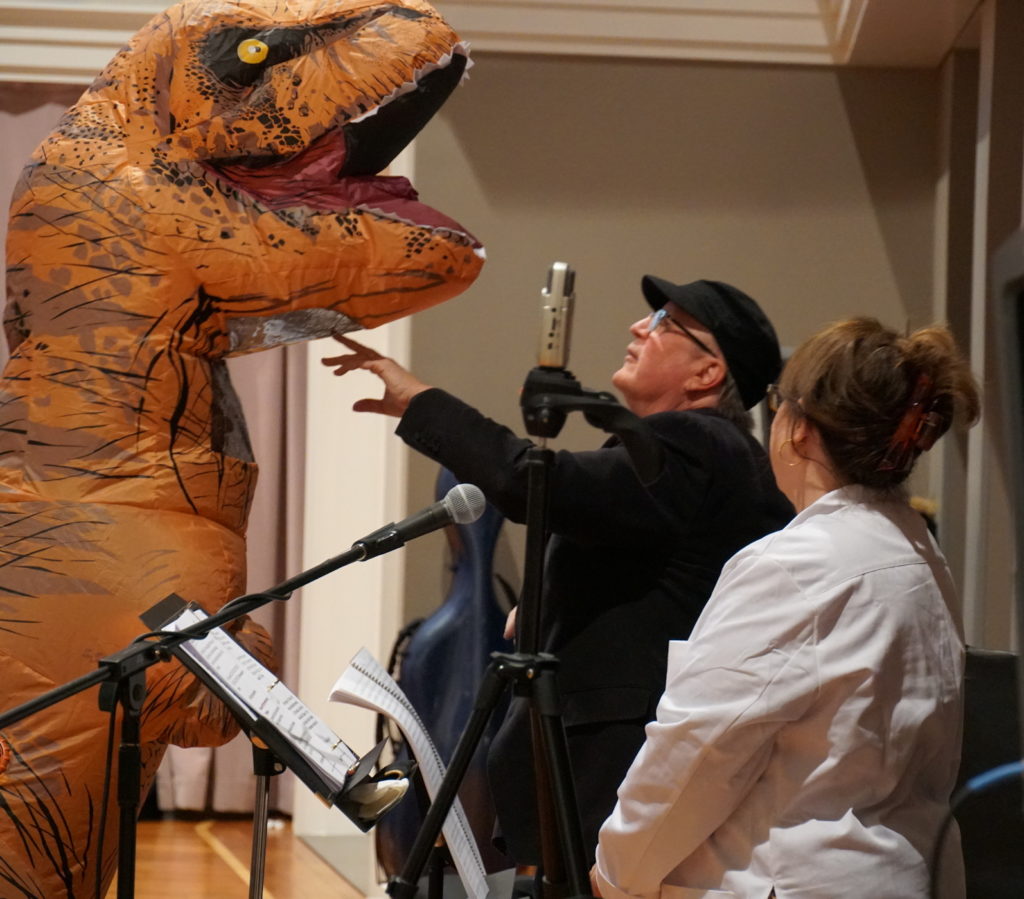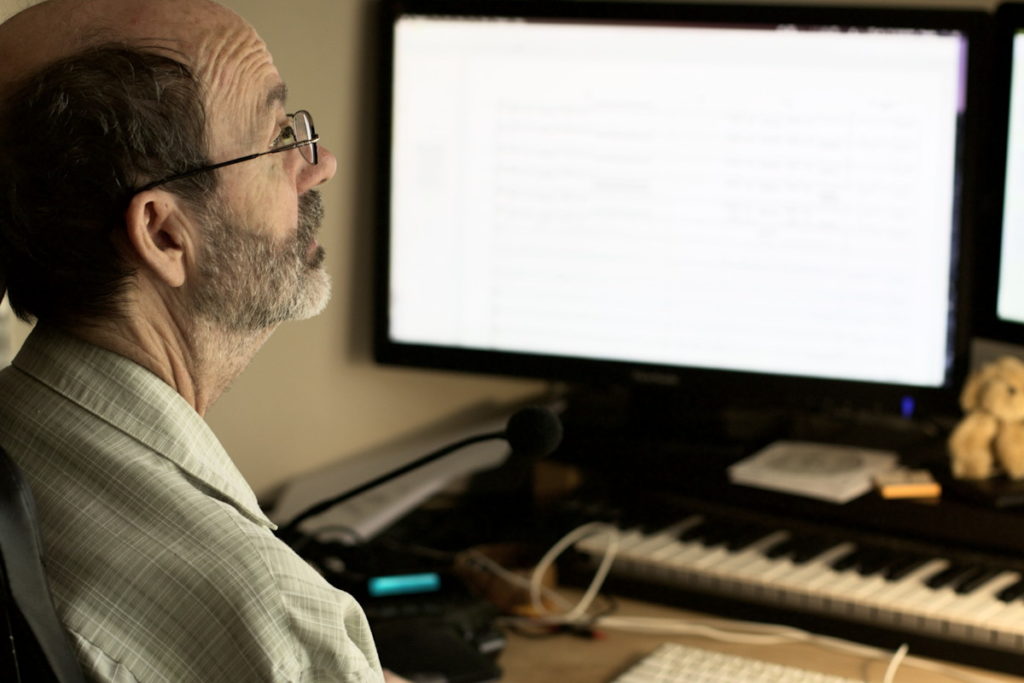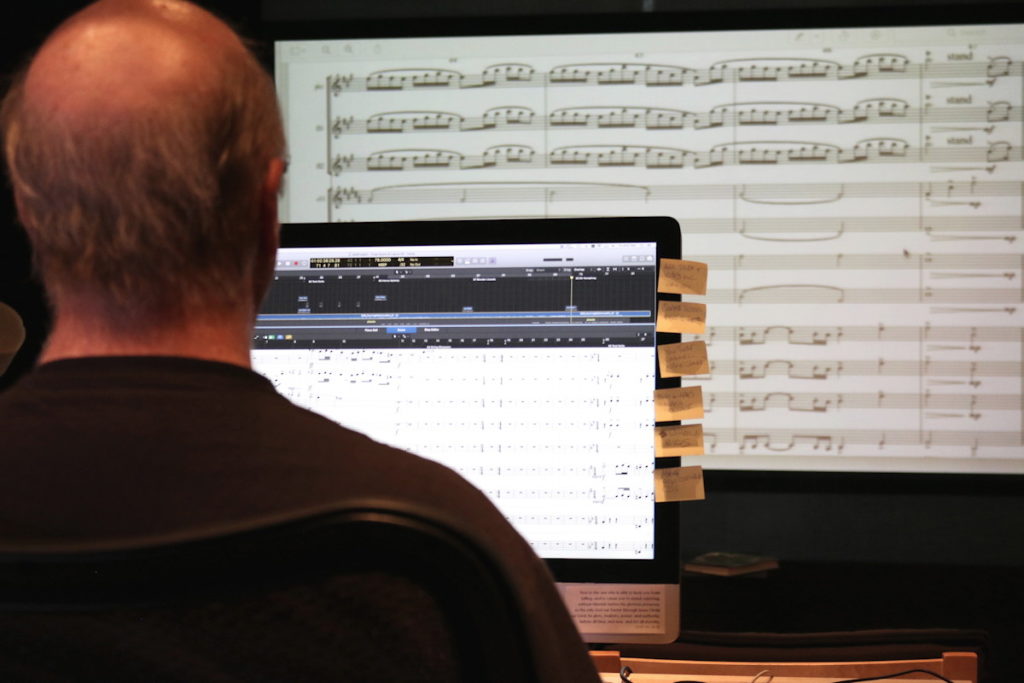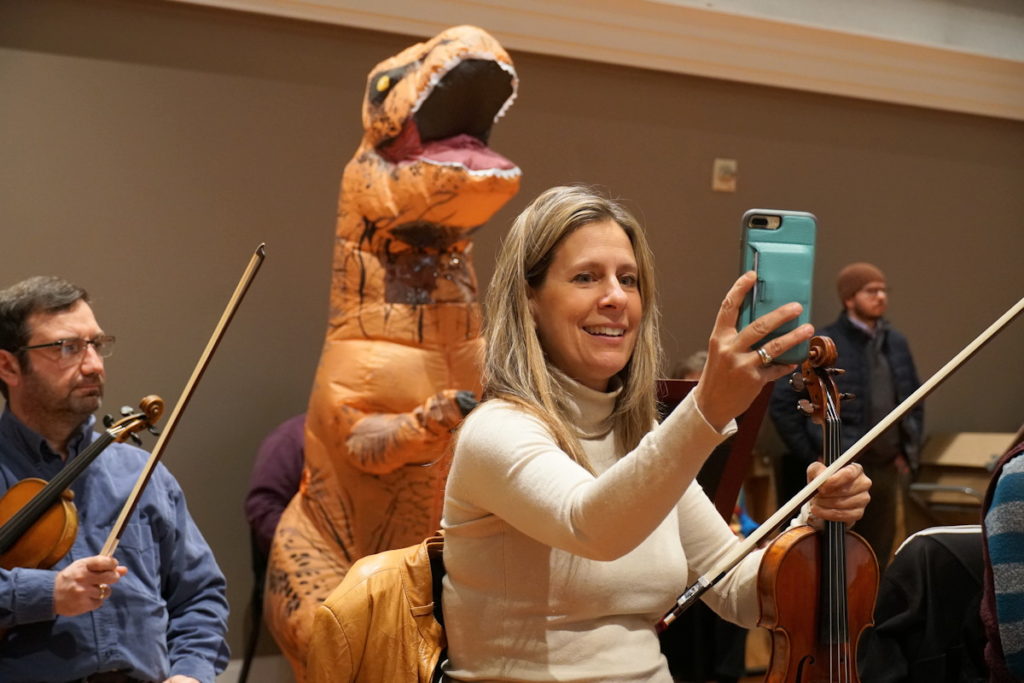music by Bob Singleton, narration by Stephen White
© 2019 Agnes Day Music, BMI. Used by Permission. All Rights Reserved.
NOTE: “stand/sit” instructions are NOT optional.
The Concert
The Objective
The objective of “When Instruments Roamed the Earth!®” is to present a kinetic, multi-media story-and-music concert event. Just as Looney Tunes introduced a generation to loving classical music, “When Instruments Roamed the Earth!®” takes a new generation on a hilarious journey to love the people, the sound & the experience of the symphony orchestra. It is a modern cartoon approach to inspiring the next generation of symphony lovers & musicians.
The Audience
The core audience for this concert is kids first, and their families second. The orchestra’s job is to create an extraordinary, kid-capturing multi-sensory experience with dynamic sights, sounds and sensations. The music is just part of the entire experience, and the music should be packed with dynamics and fun, and delivered with humor and activity. Once kids have their first “wow” symphony experience, they will be ready to explore the depth and range of the orchestra. They will be hooked.
They enjoy anything that is fun, and funny. They seek heroes. They connect with individuals. They are endlessly curious. They want to see and experience. They don’t want you to explain to them, they want to discover for themselves. And, they want to laugh. They really want to laugh, a lot.
The Presentation
Kids require a multi-sensory experience. They access information using all their senses, and experience life with all senses, simultaneously. Boldly present visuals, seat-shaking sensations, and the full dynamics and textures of the orchestra. It’s difficult to go too far for most kids with all the senses. Let them see and connect to you, the musicians, and their instruments. Give them lots of “in-the-seat” opportunities to interact, with applause, cheers, rhythm, and laughter.
This concert should be free of rules, and full of stimulus. It will be kinetic and dynamic; visually, aurally, and experientially. It won’t be a dramatic arch of theme, development, and long periods of repose. It will be a series of heroic moments with people, images, sounds and humor.
It’s imperative to engage kids in fun and laughter. Laughter is a visceral, whole-body bonding experience for kids. Ignore belly-laughs and fun with kids this age at your peril.
Igor Stravinsky is credited with saying, “I haven’t understood a bar of music in my life, but I have felt it.” Kids are the same. Let kids feel the experience. Don’t explain it to them.
The Payoff
Enjoy. Embrace the way kids enjoy the experience. Have fun. It shows, and kids can read it. Wow them with this concert, and then take them on a rich, music-filled life-journey with the people and music of the orchestra.
Bob Singleton, composer
Dallas, Texas, USA
2019
Composer’s Concert Notes & Music Cue Narrative Descriptions
Q01 “When Instruments Roamed the Earth! Theme”
This cue is an exercise in comic musical pomposity.
Measures 1-11 are reminiscent of 1950’s era science-fiction movie themes for famous black and white movie Japanese monsters. The exuberant, over-the-top tension and noisy dynamics are designed to grab the attention of kids and entertain adults.
Measures 12-20 is a grand fanfare heralding the comic self-importance of the concert, foreshadowing the pomposity and ignorance of the main character, Sir Humphrey Treble-Clef.
Measures 21 to the end is the march theme. Think of it as a theme to “Raiders of the Lost Ark,” if that movie was a slap-stick comedy. This is a continuation of the silly self-importance of the main character, echoing the background music used in cartoons and black and white newsreel footage of famous explorers and national heroes.
Q02 “Sir Humphrey Treble-Clef”
Sir Humphrey is a silly character, who probably achieved his title of “sir” by accident or misunderstanding. When he was a child, his curiosity led him to look at ants through a magnifying glass, whereupon he accidentally set them on fire by focusing the sun on them. He has probably mixed up “right” and “left” all his life and never noticed.
As an adult, his most academic pursuits have been comic books and alien conspiracy theories. The music reflects this character that is oddly out-of-step with the rest of the world, with an off-kilter world view that is funny to everybody besides himself. If it was brought to his attention, he wouldn’t get the joke.
The comic interplay of the flutes, piccolo, and bassoon in mm. 12, 21, and 55-56 reflect his comic character, as does the general musical foolishness and whimsy throughout this cue. There are 1/2 step melodic collisions in the main theme to emphasize Sir Humphrey’s looney personality.
Q03 “Kaboom for Orchestra”
“Kaboom for Orchestra” is a musical depiction of a cartoon archeological site. While nobody in their right mind would use dynamite while unearthing artifacts, Sir Humphrey Treble-Clef has never actually been in his right mind.
The cue starts with a match sonically being struck by the cymbal scrape in m. 1, the fuse being lit and burning with the strings and woodwinds trill in mm. 2-6, the explosion on the downbeat of m. 8, and debris falling depicted by the xylophone in m. 8 b. 3-4.
The general “busy-ness” and hubbub of the archeological site starts at measure 9. The 8th note activity theme in m. 9 is punctuated by more explosions (mm. 19-24, 33-34, 47) a hammer and chisel (m. 37-38, 48-49, 52-53), and using a scrub brush (m. 56-62).
Measure 55 to the end is the lazy end to a long day, with an “Oh, no!” ending. A match is lit by Sir Humphrey at m. 55 with the cymbal scrape, but it seems to go out. At m. 62, we find the fuse is actually lit (violins trill-trombone flutter tongue); while at m. 63, Sir Humphrey gets close to the dynamite, lights a match and tries to light the burning fuse again. A pregnant fermata-silence ensues.
In classic Roadrunner-vs. Wile E. Coyote fashion, after the pregnant pause, the dynamite explodes in m. 64, b. 3. It should be a shock to the audience.
Q04 “String Dinosaurs”
The string sections should be prepared to stand and hold up their instruments or gesture toward their instruments, when cued by the narrator during the talk before this cue.
This cue is a showcase for the strings. It purposely features techniques that are unique to the strings. Standing to show off the techniques allows kids to make a visual and aural connection to things they’ve heard, but may not know how they are created.
This cue starts with a moody, morning-in-the-mist feel, with a lush, amorphous pad-like sound from the woodwinds, strings, and harp. The violin solo depicts a small, lithe dinosaur waking, and stretching in the early morning light and mist.
Measure 19 transitions to the busy life during the day, with the forceful theme by the cellos, double bass, and piano. The aggressive theme is played by the 1st violins. The 2nd violins enter and antiphonally play the theme, demonstrating that there is more than one thing going on in that part of the orchestra, where everybody looks like they are doing the same thing.
The cue demonstrates pizzicato, sul tasto, col legno, marcato, solo and tutti playing. Everything should be played to its maximum effect; the beautiful pads should be lush and the solo should be expressive; the aggressive sections should be marked and punctuated. Players should put their body into their instruments and their parts so that kids will see that playing is not just an intellectual exercise, it’s a mind-soul-body experience.
The cue ends as it began, when the small dinosaur settles down at the end of the day, and with a final punctuation, drops into sleep.
Q05 “Toot Suite for Woodwinds”
The woodwinds should be prepared to stand and hold up their instruments when cued by the narrator during the talk before this cue.
This is a musical section about passing wind. Farting. A booty blast. A panty burp… tastefully presented by the symphony orchestra. If Mozart could refer to it shamelessly, it can be presented to bring laughter to everyone.
This cue presents the image of a chewing dinosaur with the sound of a ratchet and the passing of wind by the third trombone. The humor is enhanced by the dynamic contrast of the light and lyrical passages played by the woodwinds, and the wet, blatty, forte blasts by the third trombone. Extend the “fart” moments for comic effect, if you wish.
By m. 97, our dinosaur hero is feasting on the wind-inducing fauna with wild abandon, as the orchestra plays a sort of loud, drunken waltz. There’s one more big windy release at m. 111, and at mm. 116-117, a comic pause for effect, and then a non-tonal squeak of a singing release by the trumpet buzzing into a mouth-piece.
This will probably be the most memorable and talked-about piece of the whole concert. Embrace the fun.
Q06 “Horns Aplenty”
Brass should be prepared to stand and hold up their instruments when cued by the narrator during the talk before this cue.
This cue is a brass feature. It depicts what starts as a small gathering of “horned” dinosaurs and develops into a “traffic jam” of pushing and blaring by the end.
It showcases horn choir and horn rips, trumpet mutes, trombone slides, and each section with idiomatic themes.
Q07 “Blunder Lizards”
Percussionists should be prepared to strike their instruments when cued by the narrator during the talk before this cue.
This cue is a percussion feature. The percussion should be loud, and their gestures should be bigger than life.
This cue could be subtitled, “Fanfare for a Clumsy Dinosaur.” The narrator’s description is of large, slow, plodding, near-sighted, stumbling behemoths.
The big brassy fanfare and percussion is countered by light, flighty woodwinds, which could be imagined to be smaller, tinier dinos, butterflies, flying raptors, and flying debris that is stirred up by the large reptilian land masses.
Give this your best Olympic-style comic attention.
Q08 “Finale, Part 1”
This is a recap of several previous cues. It should be played with wild abandon.
At the end, the snare continues rolling under narration into the short next cue.
Q09 (only 4 measures) “Cymbalsaurus”
Tension builds as the narrator, over the rolling snare, describes that there is a meteor, hurtling toward Earth. It’s comically revealed that it wasn’t a huge meteor, just a little tiny one that crashed on the head of the Cymbalsaurus.
Q10 “Finale Finish”
There will be an inflatable T-Rex costume character on stage. The audience will go wild. This cue should be played with wild abandon for comic effect while the T-Rex “conducts” the orchestra. Everything is accented and forte, sounding like at every turn, it might finally end. It doesn’t.
There are 3 big, false endings where it sounds like it really might end: mm. 11-12, 25-26, and 43-45.
Shout the text mm. 39 to the end like you’re a cheerleader. Don’t be shy.
***end***

